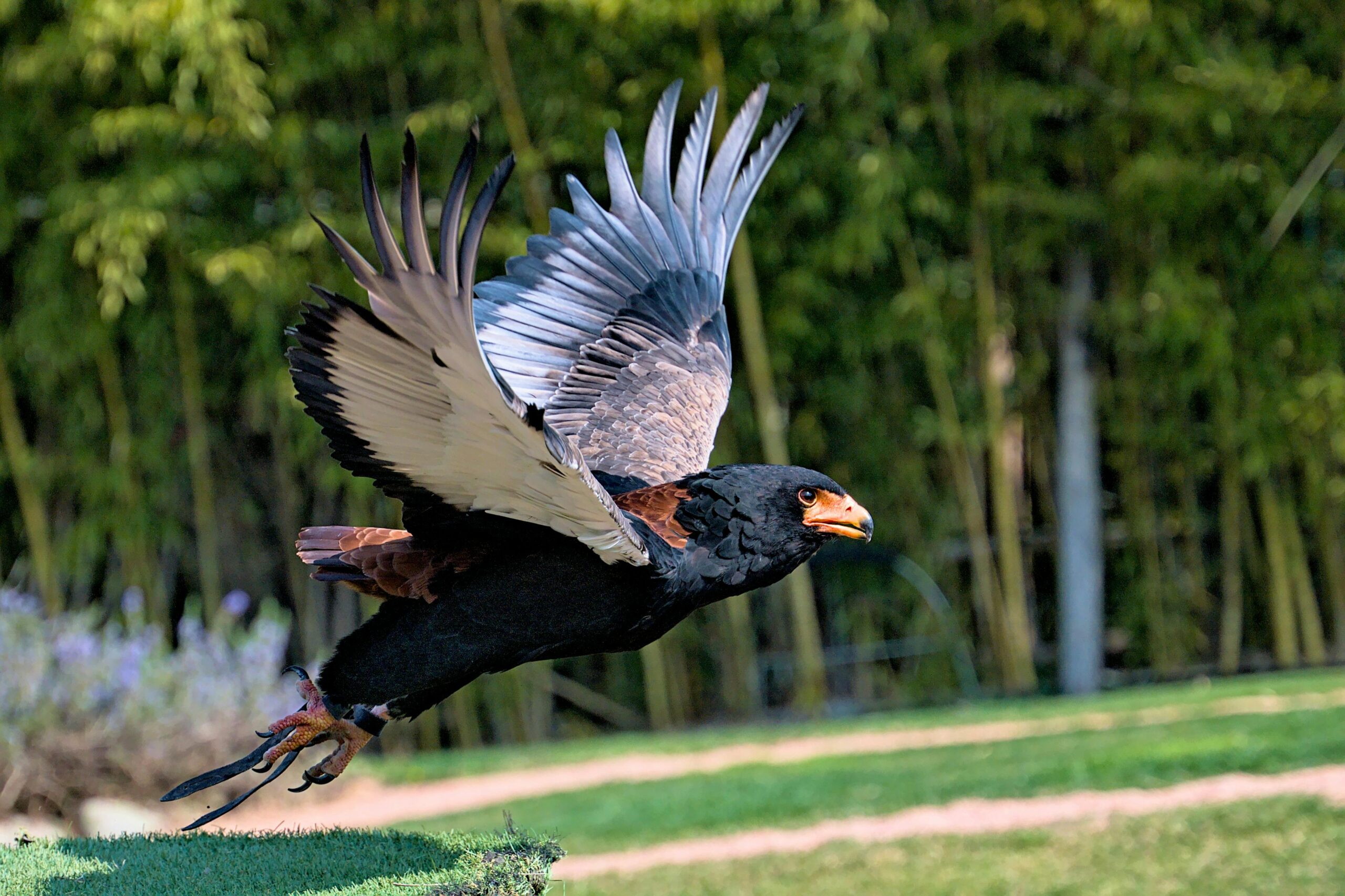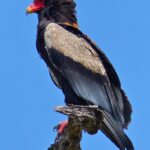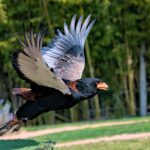The Bateleur Eagle is a powerful and agile bird of prey, known for its impressive flight capabilities. This mid-sized eagle can cover vast distances in search of food, with a cruising speed of around 50 to 60 km/h (31 to 37 mph).
Bateleur Eagle’s Flight Speed and Endurance
- The Bateleur Eagle is capable of covering up to 300 miles in a single day, thanks to its exceptional flight endurance.
- This eagle spends an average of 8-9 hours each day in the air, often flying low over open habitats such as savannas and grasslands.
- Its unique flight style, characterized by fast, shallow wing beats and long glides, allows the Bateleur to conserve energy and cover large areas efficiently.
- The Bateleur’s wings are held in a distinctive dihedral (V-shaped) position, which helps it to maintain stability and control during its high-speed flights.
Factors Influencing the Bateleur Eagle’s Flight Speed
- Body Size and Weight: As a mid-sized eagle, the Bateleur’s weight range of 2 to 2.6 kg (4.4 to 5.7 lbs) gives it the power and agility needed for its high-speed flights.
- Wing Design: The Bateleur’s broad, rounded wings are well-suited for efficient soaring and gliding, allowing it to conserve energy during long-distance flights.
- Hunting Strategies: The Bateleur’s ability to cover large areas quickly is crucial for its hunting tactics, as it searches for prey such as small mammals, birds, and reptiles across its vast territory.
- Territorial Behavior: The Bateleur is known to engage in aggressive aerial displays to defend its territory, often executing high-speed attack flights to ward off intruders.
Conservation Challenges for the Bateleur Eagle
Despite its impressive flight capabilities, the Bateleur Eagle is facing numerous threats that have led to its classification as Near Threatened by the IUCN. Some of the key challenges include:
- Habitat Loss: The conversion of the Bateleur’s natural savanna and woodland habitats for agriculture and development has reduced its available hunting grounds.
- Poisoning: The use of pesticides and other toxins has led to the accidental poisoning of Bateleur Eagles, which can have devastating effects on their populations.
- Poaching: The Bateleur is targeted by poachers for the international wildlife trade, further exacerbating the threats to its survival.
To ensure the long-term conservation of the Bateleur Eagle, it is crucial that efforts are made to protect its remaining habitats, address the issue of poisoning, and combat the illegal wildlife trade. By understanding the unique flight capabilities of this remarkable bird of prey, we can better appreciate the importance of preserving its place in the ecosystem.
References:
- Los Angeles Zoo and Botanical Gardens. Bateleur Eagle. https://lazoo.org/explore-your-zoo/our-animals/birds/bateleur-eagle/
- The Peregrine Fund. Bateleur Eagle. https://peregrinefund.org/explore-raptors-species/eagles/bateleur-eagle
- Wikipedia. Bateleur. https://en.wikipedia.org/wiki/Bateleur
- Kruger National Park. Bateleur Eagle – Terathopius ecaudatus. https://www.krugerpark.co.za/africa_bateleur_eagle.html
- Wildlife Safari.info. Bateleur Eagle. https://wildlifesafari.info/bateleur_eagle.htm



